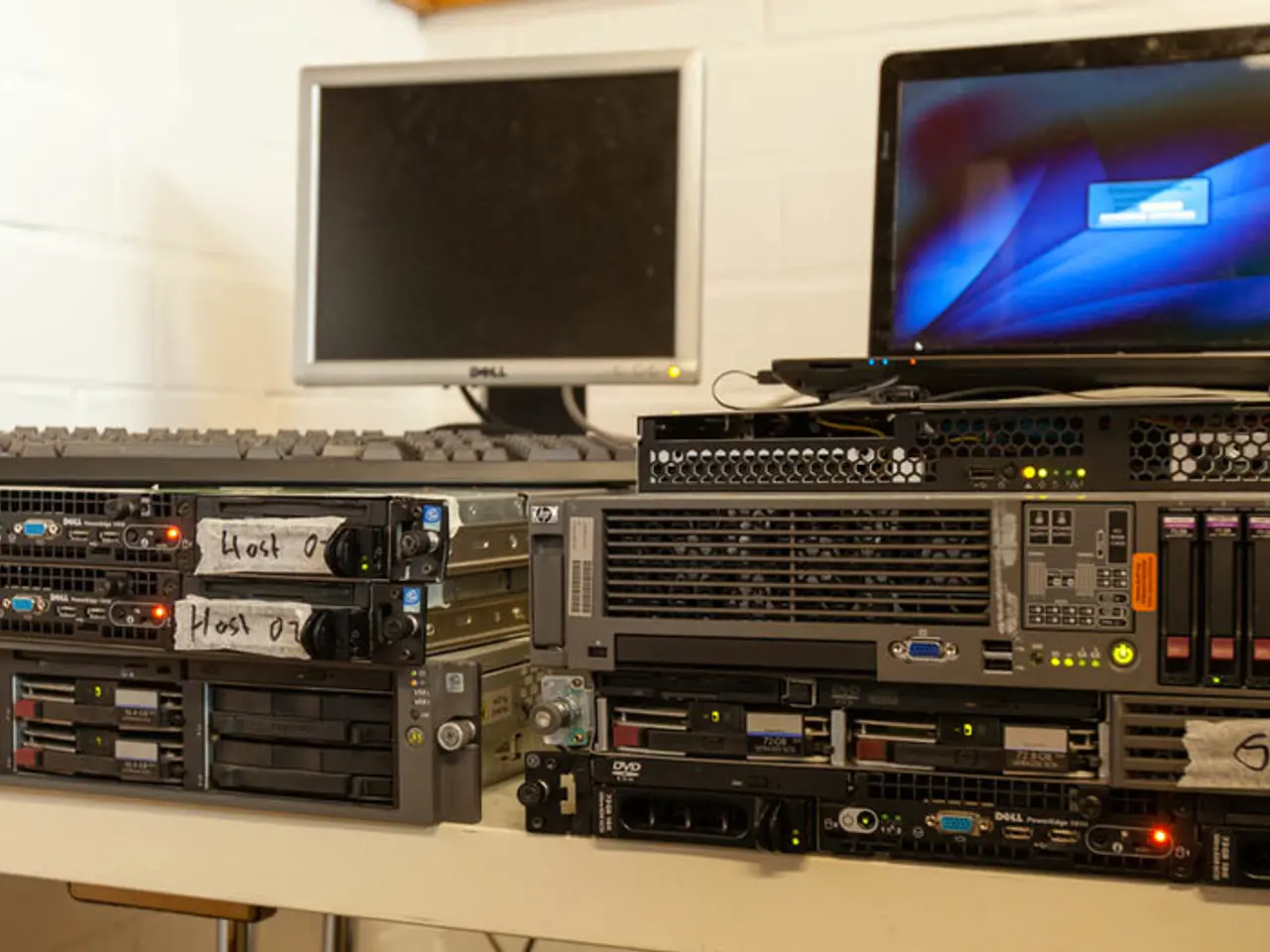Cubic Defense Unveils Vector Terminal for Resilient Military Networking
Cubic Defense has rebranded its Halo satellite communication terminals as Vector, targeting military customers seeking resilient networking in contested environments. The U.S. Department of Defense has recently shown interest, exercising a contract option.
The Vector terminal, designed for multi-domain networks and highly contested electromagnetic spectrum environments, enables concurrent transmission and reception without mechanical movement. It operates across multiple constellations and vendors, supporting 16 simultaneous beams and multiple frequency bands. Cubic Defense is pursuing military customers for this versatile terminal, which is separate from the AFRL's DEUCSI initiative connecting military users to commercial broadband systems like Starlink and Project Kuiper.
The Halo program, valued at $8.8 million in 2023, has been ongoing for roughly a decade. It focuses on resilient, adaptive networking for contested environments. The company has rebranded its Halo terminals as Vector, offering line-of-sight, SATCOM, and hybrid versions for multi-domain networking.
Cubic Defense's Vector terminal, a rebrand of its Halo program, is gaining traction with the U.S. Department of Defense. The terminal's ability to operate across multiple constellations and vendors, supporting 16 simultaneous beams and multiple frequency bands, makes it an attractive option for military customers seeking resilient, adaptive networking in contested environments.
Read also:
- Air Force Secretary Warns: U.S. Risks Falling Behind China in Air, Space Race
- Middle Eastern airports endeavor to advance in technology and eco-friendliness, with Dabico gazing up in anticipation
- Ukraine & Denmark Showcase Drone-Defense Skills in Joint NATO-EU Demo
- SpaceNews & SatNews Launch EU Space Defence Track at SmallSat Europe 2026








